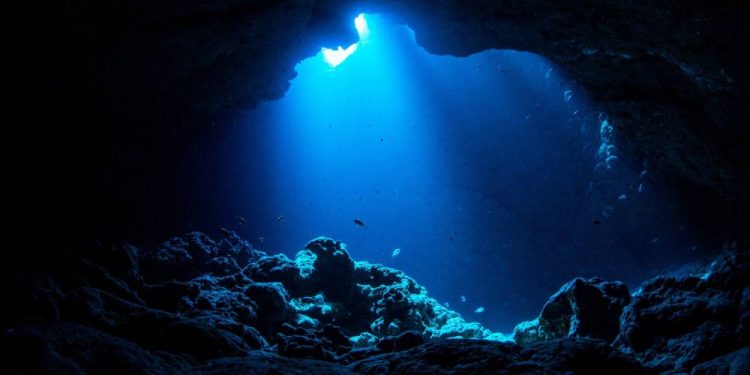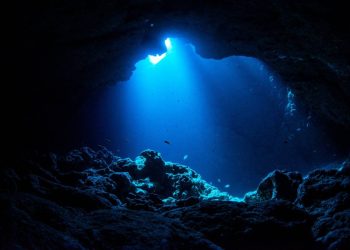A strange, unexpected discovery deep beneath the Pacific Ocean may hold the key to a new geological dating method. Scientists analyzing seabed samples have detected an unexplained surge in beryllium-10 (¹⁰Be) concentrations—an anomaly that could revolutionize how we synchronize Earth’s ancient history.
A research team from Helmholtz-Zentrum Dresden-Rossendorf (HZDR), working alongside TUD Dresden University of Technology and the Australian National University (ANU), stumbled upon this unexpected find while studying ferromanganese crusts—metal-rich layers that build up over millions of years in the ocean depths. The implications of this discovery could be groundbreaking, as it may provide a global time marker that helps geologists align geological records spanning millions of years.
A New Cosmic Clock Hidden Beneath the Pacific?
Dating ancient events on Earth is a complex challenge. While radiocarbon dating is highly effective for organic materials, its range is limited to about 50,000 years. For anything older, scientists turn to alternative isotopes like beryllium-10, which forms when cosmic rays interact with oxygen and nitrogen in Earth’s upper atmosphere. Over time, it settles into sediments, serving as a natural time capsule for past events.
Using Accelerator Mass Spectrometry (AMS), the research team meticulously measured ¹⁰Be concentrations in the crust samples. What they found was staggering—at around 10 million years in age, the samples contained nearly double the expected amount of beryllium-10.
What Could Have Triggered This Beryllium Surge?
After ruling out contamination, the team narrowed the possible causes down to two leading theories:
- Massive Shifts in Ocean Circulation – Around 10 to 12 million years ago, Earth underwent dramatic changes in ocean currents, particularly near Antarctica. A shift in these currents could have redistributed beryllium-10, concentrating it in specific regions like the Pacific Ocean.
- A Nearby Supernova – Another possibility is that an explosion from a dying star showered Earth with increased cosmic radiation, triggering a spike in ¹⁰Be production. If this is the case, it would represent a rare astrophysical fingerprint embedded in our planet’s geological record.
”Only new measurements can indicate whether the beryllium anomaly was caused by changes in ocean currents or has astrophysical reasons,” says HZDR physicist Dr. Dominik Koll. ”That is why we plan to analyze more samples in the future and hope that other research groups will do the same.”
Could This Be a Universal Time Marker?
One of the greatest challenges in geochronology is synchronizing different geological archives—such as ice cores, rock formations, and deep-sea sediments. If the beryllium-10 anomaly is found to be widespread, it could become a game-changing reference point for aligning Earth’s historical timeline with unprecedented precision.
For now, scientists are expanding their research to analyze additional deep-sea samples from different locations. If their results confirm this anomaly on a global scale, this could represent a major step forward in how we decode Earth’s history.
“For periods spanning millions of years, such cosmogenic time markers do not yet exist. However, this beryllium anomaly has the potential to serve as such a marker,” Koll concluded.











